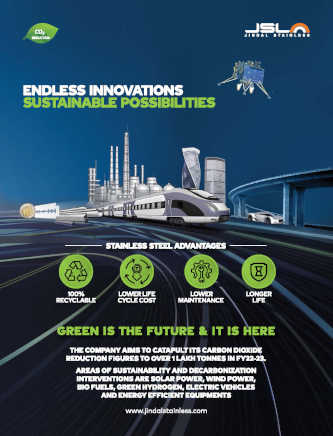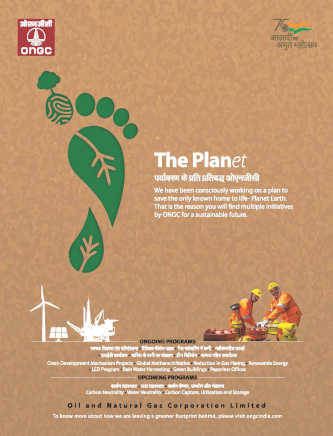
Having worked in the climate change and development sector for over a decade-and-a-half, I am often amazed by the contrast between popular beliefs, stakeholder priorities and ground realities. For instance, public perception is often that greenhouse gas (GHG) emissions and climate change are a function of economic growth. But GHG emissions can also be a function of economic loss. For instance, wastage and loss of food produce is responsible for nearly 8 per cent of the global anthropogenic GHG emissions (UN’s Food and Agriculture Organization, 2011). Approximately 19 per cent of GHG emissions in India are caused due to food wastage alone. This works out to about Rs92,000 crore worth of major agricultural produce (at 2014 wholesale prices) lost in India every year (Central Institute of Post-Harvest Engineering and Technology, 2016). The actual economic loss would be compounded if we consider retail price, hunger, farmer distress and farm loan waivers. Food waste and loss are a global phenomenon. In developed economies, the maximum food wastage occurs at the consumer level, but in developing economies, food produce is lost before it even reaches the consumers. It is estimated that better handling, storage and processing of food produce can feed around 11 per cent of the global population. Operation green: Here is another staggering fact – despite India producing sufficient food, millions go hungry every year. On an average, India requires 225-230 million tonnes of food per year (A. Sarkar et al). In 2013-2014, India produced 263 million tonnes of food. This paradox is today receiving an increasing amount of attention from various stakeholders. While many factors contribute to post-harvest losses in India, one of the major causes is the lack of effective cold chains. A cold-chain is an integrated network of refrigerated and temperature-controlled pack houses, distribution hubs and freight used to maintain the safety and quality of food. Cold-chains reduce post-harvest food loss, address issues like food and nutritional security and increase farm income by linking farmers to end-consumers. But many factors have restricted the development of effective cold-chains in India such as inadequate policies, supply chain barriers, cartelisation and profiteering. In a bid to address this challenge, in 2016, the government of India launched ‘Operation Green’ with the goal of reducing food loss and doubling farmers’ income by supporting agri-logistics, food processing units and farmer producer organisations. A key measure under Operation Green is to develop and improve cold-chains in India.

























